Rising Cybersecurity Threats
The Software Defined Perimeter Market is experiencing a surge in demand due to the increasing frequency and sophistication of cyber threats. Organizations are compelled to adopt advanced security measures to protect sensitive data and critical infrastructure. According to recent data, cybercrime is projected to cost businesses over 10 trillion dollars annually by 2025. This alarming trend drives enterprises to implement Software Defined Perimeter Market solutions, which offer enhanced security by creating a virtual boundary around resources. As organizations recognize the need for robust security frameworks, the Software Defined Perimeter Market is likely to witness substantial growth, as these solutions provide a proactive approach to mitigating risks associated with cyber threats.
Increased Remote Work Adoption
The shift towards remote work has significantly influenced the Software Defined Perimeter Market. As organizations embrace flexible work arrangements, the need for secure access to corporate resources from various locations has become paramount. Software Defined Perimeter Market solutions facilitate secure connections for remote employees, ensuring that sensitive data remains protected. Recent statistics indicate that remote work is expected to remain prevalent, with over 30% of the workforce likely to work remotely by 2025. This trend underscores the necessity for organizations to invest in Software Defined Perimeter Market technologies, which provide a secure framework for remote access, thereby driving growth in the market.
Regulatory Compliance Requirements
The Software Defined Perimeter Market is significantly influenced by the increasing regulatory compliance requirements across various sectors. Organizations are mandated to adhere to stringent data protection regulations, such as GDPR and HIPAA, which necessitate the implementation of robust security measures. Software Defined Perimeter Market solutions provide a framework that helps organizations meet these compliance standards by ensuring secure access to sensitive information. As regulatory scrutiny intensifies, businesses are likely to invest in Software Defined Perimeter Market technologies to avoid potential penalties and reputational damage. This growing emphasis on compliance is expected to drive the Software Defined Perimeter Market, as organizations prioritize security in their operational strategies.
Growing Demand for Cloud Security Solutions
The Software Defined Perimeter Market is witnessing heightened interest due to the increasing reliance on cloud services. As businesses migrate their operations to the cloud, the need for robust security measures to protect cloud-based resources becomes critical. Software Defined Perimeter Market solutions offer a unique approach to securing cloud environments by establishing a secure perimeter around applications and data. Market data suggests that the cloud security market is expected to reach 12 billion dollars by 2025, indicating a strong demand for innovative security solutions. This trend is likely to propel the Software Defined Perimeter Market forward, as organizations seek to safeguard their cloud assets against potential threats.
Technological Advancements in Security Solutions
The Software Defined Perimeter Market is benefiting from rapid technological advancements in security solutions. Innovations in artificial intelligence, machine learning, and automation are enhancing the capabilities of Software Defined Perimeter Market technologies, making them more effective in combating emerging threats. These advancements enable organizations to implement adaptive security measures that respond in real-time to potential vulnerabilities. As the technology landscape evolves, the demand for sophisticated security solutions is likely to increase, propelling the Software Defined Perimeter Market forward. Organizations are expected to leverage these advancements to strengthen their security postures, thereby fostering growth in the market.
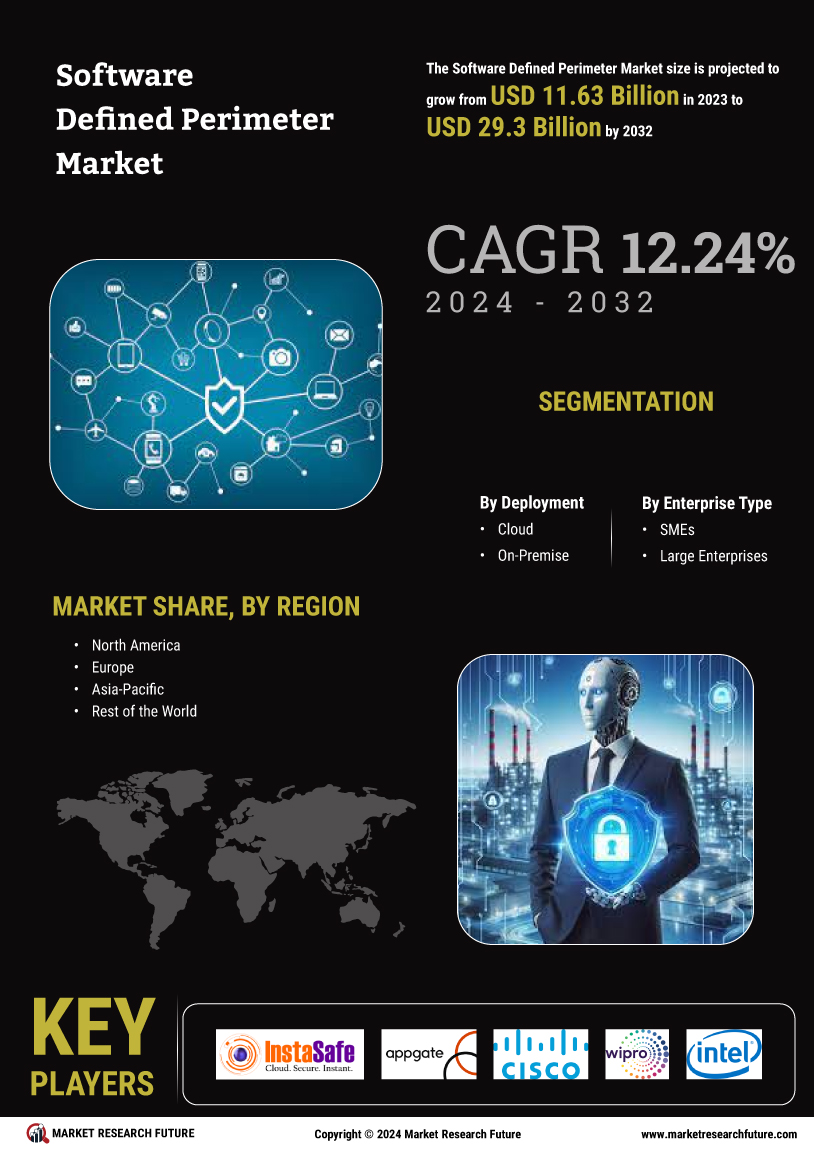

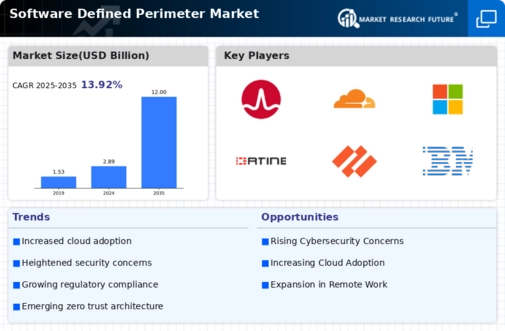
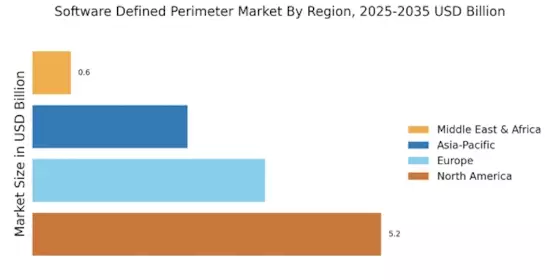


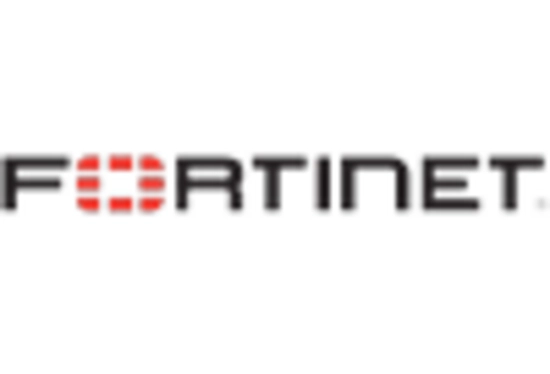
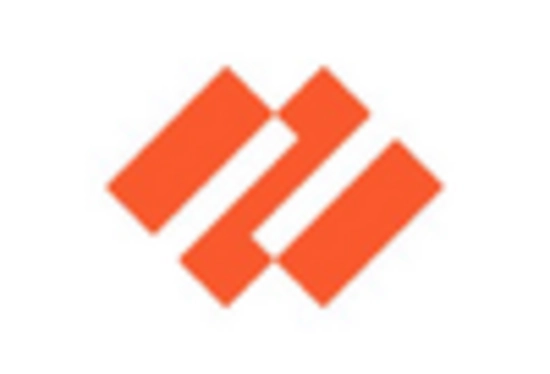
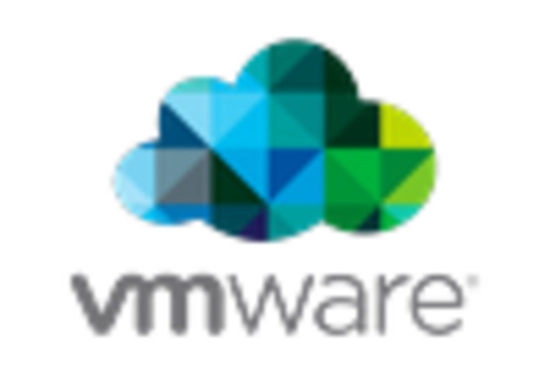









Leave a Comment